The real estate scenario in 2023, let’s admit it, is not the rosiest one. Mortgage rates are on the rise, short-term rental taxes have been “adjusted” upward, inflation is affecting entire households, and there is a looming specter called “recession.”
The sector that had resiliently weathered the pandemic crisis is now confronted with an unreachable cost of living. Indeed, the Italian real estate sector is grappling with a set of significant challenges in the first nine months of 2023. Key factors driving this situation also include difficult access to credit, increased financing costs, and competition with government bonds. These factors have had a notable impact on the contraction of the real estate investment market, as highlighted by the Real Estate Price Index (Ipi).
Despite an improvement in the macroeconomic context, the data presented in the recent Ipi report reveals a drastic decline in the real estate market, with a 65% contraction compared to the same period in 2022 and a 67% decrease compared to the five-year average. This translates to a total of only 3.16 billion euros in investments. In the third quarter, real estate transactions reached only 1.072 billion euros, in line with what was observed in the first two quarters of the year. When we delve into specific sectors, the Logistics sector emerges as the most resilient, with a total of almost 500 million euros in investments, representing over 46% of the total investments. Investments are primarily concentrated in Northern Italy.
Furthermore, there is a general increase in prime rates and net yields, remaining above 5.25%, showing a 25-basis point increase compared to the first half of the year. In the Living sector, promising results are recorded, with investment volumes in the quarter amounting to 165 million euros, making up 15% of the total for the period and a total of 455 million euros since the beginning of the year. During this quarter, 84% of investments were concentrated in Milan, mainly in residential development and urban revitalization projects, predominantly associated with the “Build to Rent” concept.
The Leisure market has been driven by a significant resurgence in tourist flows and has recorded investment volumes of approximately 107 million euros in the quarter, bringing the total for the year to 387 million euros. The most significant operations have been concentrated in the main tourist destinations in Central Italy. The Office asset class, despite registering transactions totaling 105 million euros in the quarter and 552 million euros since the beginning of 2023, reflects the cautious attitude of investors toward this segment. Milan and Rome represented 79 and 21 million euros of these transactions in the period, while other regional cities, such as Naples, continue to demonstrate good performance.
In the Retail sector, investments amounted to about 94 million euros in the quarter, bringing the total for the first three quarters to 345 million euros. This represents growth compared to the same period in 2022, thanks to various transactions related to shopping centers in regional markets. The remaining investments, around 100 million euros, were distributed among mixed-use properties, the Healthcare sector, and some smaller operations in the Alternative sector, with particular attention to telecommunication infrastructure.
In summary, the Italian real estate sector is navigating a complex financial environment, but it still presents promising opportunities in specific segments, such as logistics, residential, and tourism. Investors remain cautious, but the market shows signs of resilience and adaptation to current challenges.



